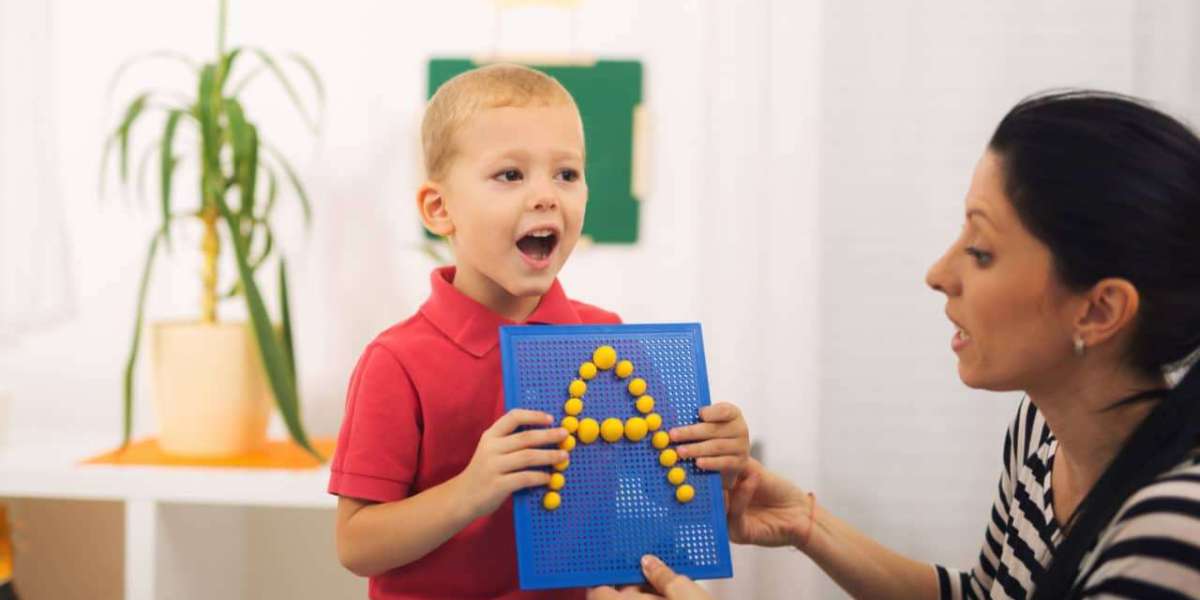Speech sound disorders (SSD) encompass a range of communication challenges that affect an individual's ability to produce sounds correctly. These disorders can occur in both children and adults and can significantly impact social interactions and self-esteem. Understanding the types, causes, symptoms, and treatments of speech sound disorders is crucial for effective intervention and support.
Types of Speech Sound Disorders
1. Articulation Disorders
Articulation disorders occur when an individual has difficulty pronouncing specific sounds correctly. This may include substituting one sound for another (e.g., saying "wabbit" instead of "rabbit") or omitting sounds altogether (e.g., saying "ca" instead of "cat"). These errors can be caused by physical issues, such as cleft palate or dental problems, or by developmental delays.
2. Phonological Disorders
Phonological disorders involve patterns of sound errors. For instance, a child may consistently replace all instances of the "s" sound with a "t" sound, resulting in "top" for "sop." This type of disorder often reflects a misunderstanding of the rules governing sound combinations in language. Phonological disorders can be indicative of underlying cognitive or linguistic issues.
3. Childhood Apraxia of Speech (CAS)
CAS is a motor speech disorder that affects the planning and coordination of the movements needed for speech. Children with CAS may have difficulty saying sounds, syllables, and words, even though they understand language. Symptoms include inconsistent sound errors and a struggle to put sounds together. Early diagnosis and targeted intervention are crucial for helping these children develop effective communication skills.
4. Dysarthria
Dysarthria is a motor speech disorder resulting from muscle weakness, which affects the clarity of speech. Individuals with dysarthria may speak slowly, slur their words, or have difficulty controlling their breath. This condition can arise from various neurological conditions, such as cerebral palsy, stroke, or traumatic brain injury. Treatment often focuses on improving muscle strength and coordination through speech therapy.
Causes of Speech Sound Disorders
The causes of speech sound disorders can vary widely. Some common factors include:
Genetic predisposition: A family history of speech disorders can increase the likelihood of SSD.
Developmental delays: Children with developmental disorders may exhibit speech sound disorders alongside other challenges.
Physical factors: Conditions such as hearing loss, cleft lip/palate, or oral motor dysfunction can lead to articulation and phonological issues.
Neurological conditions: Disorders affecting the brain or nervous system, like stroke or cerebral palsy, can result in dysarthria or apraxia.
Symptoms of Speech Sound Disorders
The symptoms of speech sound disorders can differ based on the type of disorder. Common symptoms include:
- Difficulty pronouncing words correctly
- Inconsistent sound errors
- Limited speech intelligibility
- Avoidance of verbal communication due to frustration
- Difficulty following conversations
Recognizing these symptoms early on can lead to timely intervention, improving the individual’s communication skills and confidence.
Treatments for Speech Sound Disorders
Effective treatment for speech sound disorders often involves a combination of strategies tailored to the individual's needs. Common approaches include:
Speech therapy: Working with a licensed speech therapist can help individuals learn correct sound production and improve overall communication skills. Techniques may include articulation exercises, phonological awareness activities, and motor planning tasks for those with apraxia.
Assistive technology: For individuals with severe speech sound disorders, augmentative and alternative communication (AAC) devices can facilitate communication.
Family involvement: Engaging family members in the therapy process can provide additional support and encourage practice at home.
Conclusion
Understanding the types, causes, symptoms, and treatments of speech sound disorders is vital for effective management and support. If you or your child are experiencing challenges with speech, seeking professional help can make a significant difference. At Speech Up, our licensed speech therapists are dedicated to providing personalized support to help you communicate at your best. Join us today and start improving your future!







